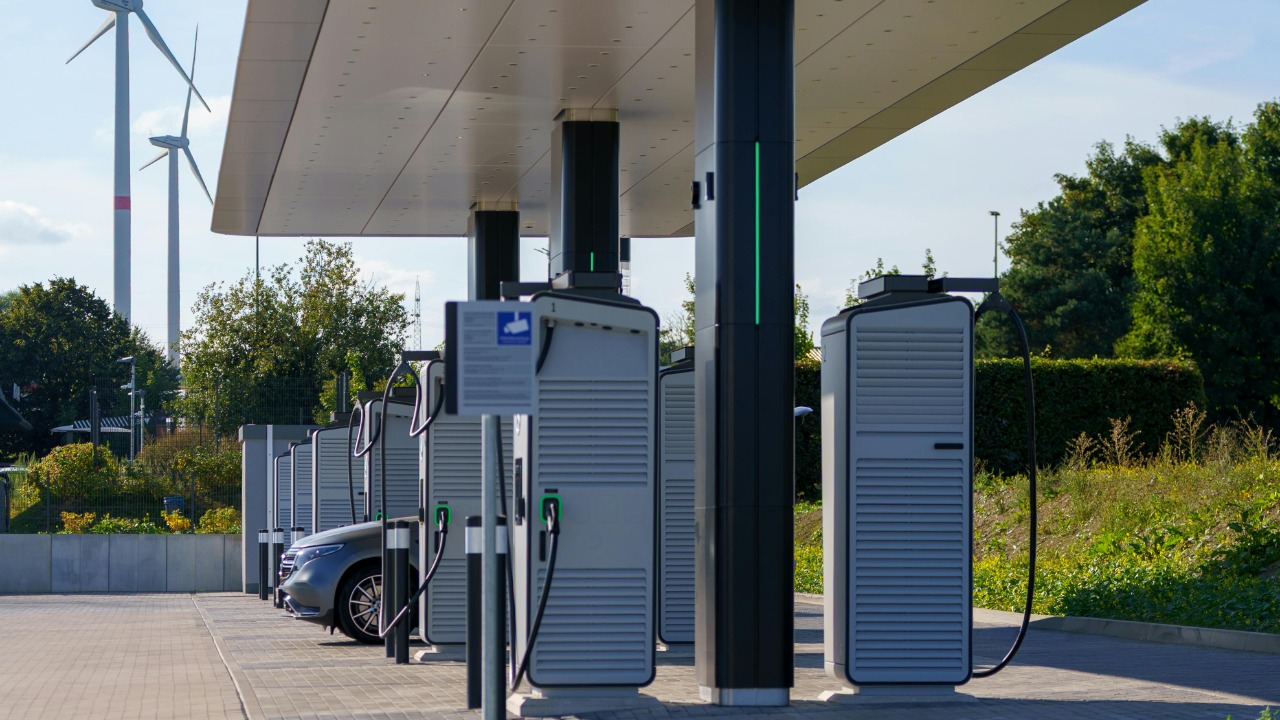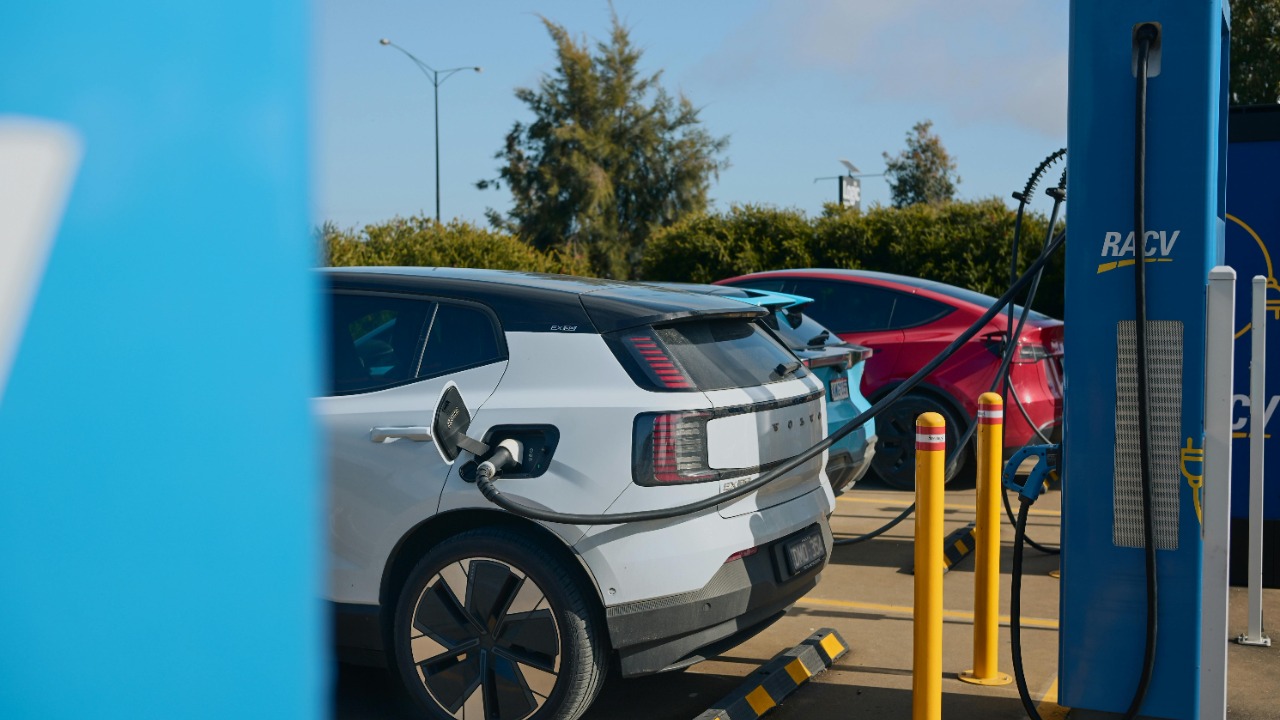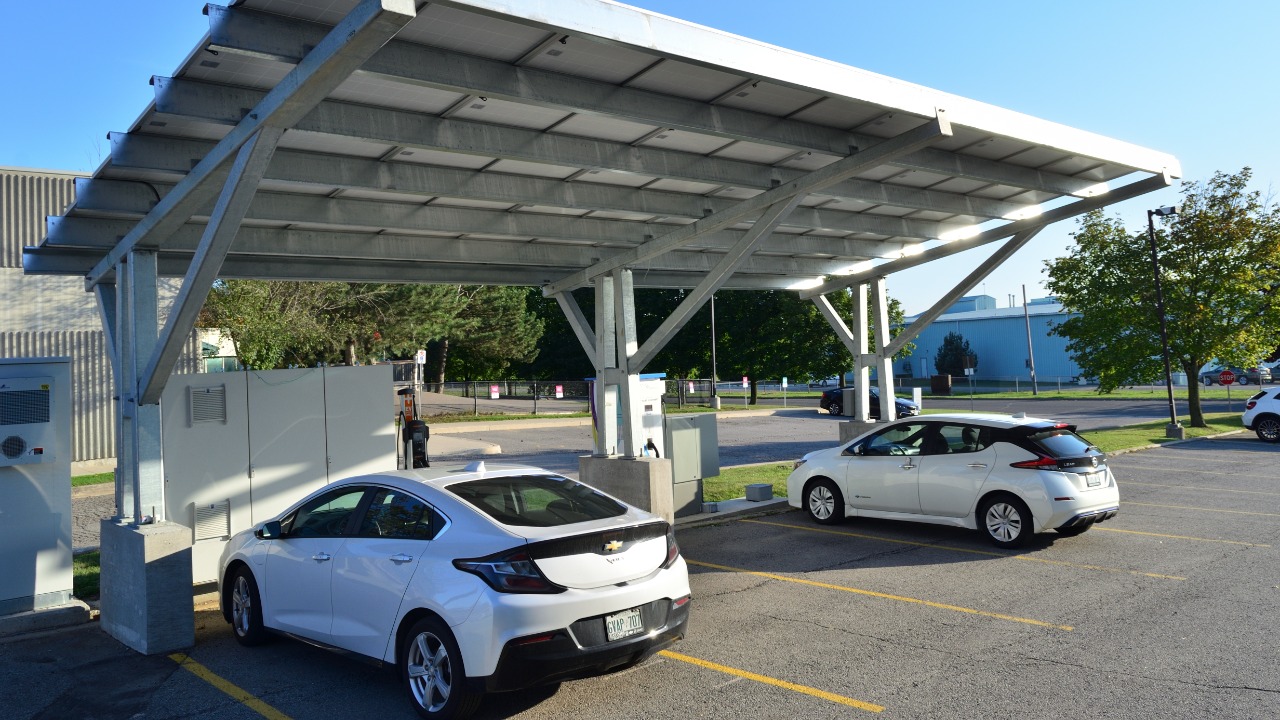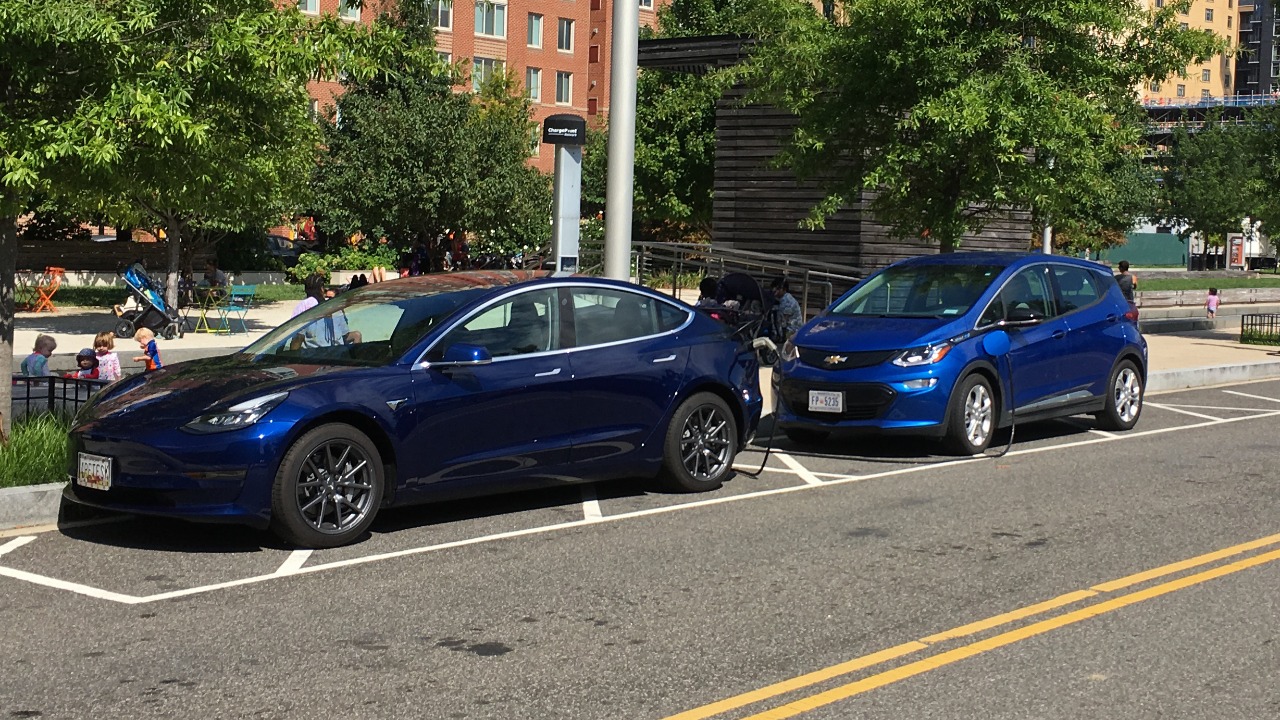
The escalating adoption of electric vehicles (EVs) brings with it a unique set of challenges for the EV charging infrastructure. One such challenge is the potential for the EV charging network to buckle under peak demand without careful planning and investment.
Understanding the EV Charging Infrastructure

The EV charging network is a critical component in the transition to electric vehicles. The network consists of various charging stations strategically located to provide EV users with convenient and efficient charging options. These stations vary in their charging capabilities, with some offering rapid charging while others provide slower, overnight charging options. The structure and capacity of this network play a significant role in managing the charging demand of the increasing number of EVs on the road.
The types of EV charging stations include Level 1, Level 2, and DC Fast Charging (DCFC). Level 1 chargers use standard household current and are ideal for overnight charging. Level 2 chargers use a higher voltage and can typically charge an EV in a few hours, making them suitable for home, work, or public use. DCFC stations, on the other hand, can deliver a full charge in as little as 20 minutes, making them ideal for on-the-go charging during long trips.
The Impact of Peak Demand on the Charging Network

Peak charging times, such as during evenings when people return home from work, can place significant strain on the EV charging infrastructure. The simultaneous charging of a large number of EVs can lead to an overload of the local power grid, potentially causing power outages. Moreover, the increased demand can also lead to longer waiting times at charging stations, reducing the convenience and attractiveness of EVs.
A collapse of the EV charging network could have serious consequences. It could not only disrupt the energy supply but also impact the adoption of EVs. Without a reliable and efficient charging network, potential EV buyers might be deterred, slowing down the transition to cleaner transport options.
Research Findings on the Strain of EVs on the Power Grid

Multiple studies have looked into the effects of mass EV charging on the power grid. A study published in Energy Policy suggests that without proper management and grid upgrades, mass EV charging could indeed overwhelm the grid, especially during peak times. The study also explores scenarios where the grid might fail to meet the demand for EV charging, resulting in power outages and disruptions.
Conversely, an article by the Natural Resources Defense Council argues that electric vehicles could actually strengthen the power grid. It suggests that smart charging, which adjusts charging times based on grid conditions, could help manage EV charging demand and avoid straining the grid.
Strategies to Prevent Overloading the EV Charging Network

There are several potential solutions to prevent the EV charging network from collapsing under peak demand. One of them is the aforementioned smart charging, which enables the charging process to be dynamically adjusted based on the current demand and grid capacity. This allows for a more efficient use of resources and can help avoid overloading the system.
Another solution is the development of new charging technologies. For instance, research published in the IEEE Transactions on Power Systems discusses the potential of V2G (Vehicle-to-Grid) technology. This technology allows EVs to not only draw power from the grid but also feed power back into it during times of high demand, effectively turning them into mobile energy storage units.
Future Outlook for the EV Charging Infrastructure

The future of the EV charging infrastructure will be heavily influenced by policy and investment. Governments and private entities need to invest in expanding the charging network and upgrading the power grid to accommodate the growing number of EVs. Without such investments, the risk of the network collapsing under peak demand becomes increasingly real.
Strategic planning is also crucial in preventing a potential collapse. This includes considering factors such as the location and types of charging stations, as well as the implementation of advanced systems like smart charging and V2G technology. By taking a strategic approach to expanding the EV charging network, we can ensure that it is capable of meeting future demand, thus supporting the continued growth of electric vehicles.